
Measuring Weight/Mass Mathematics Instructional Plan
- Subject:
- Mathematics
- Material Type:
- Lesson Plan
- Provider:
- VDOE
- Author:
- VDOE
- Date Added:
- 10/07/2024

Measuring Weight/Mass Mathematics Instructional Plan

Measuring Weight/Mass Mathematics Instructional Plan

Reinforce measurement skills - Algebra Readiness Remediation Plan

Estimating, measuring, and identifying equivalent measures within the metric system - Mathematics Instructional Plan
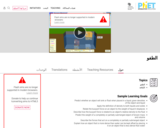
When will objects float and when will they sink? Learn how buoyancy works with blocks. Arrows show the applied forces, and you can modify the properties of the blocks and the fluid.
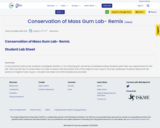
In this physical science lab, students investigate whether or not chewing gum should be considered eating. Students plan their own experiments for this lab. They use the law of conservation of mass to reason that the portion lost of the original mass of gum must be swallowed. Students determine the portion of original mass of gum. A student lab sheet and CER template are provided.
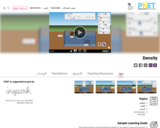
Why do objects like wood float in water? Does it depend on size? Create a custom object to explore the effects of mass and volume on density. Can you discover the relationship? Use the scale to measure the mass of an object, then hold the object under water to measure its volume. Can you identify all the mystery objects?
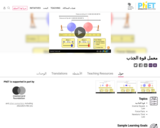
Visualize the gravitational force that two objects exert on each other. Change properties of the objects in order to see how it changes the gravity force.

Just in Time Quick Check Estimate and Measure Weight/Mass

Just in Time Quick Check Practical Problems with Length, Mass, and Liquid Volume

Measuring liquid volume in U.S. Customary units Mathematics Instructional Plans (MIPs) help teachers align instruction with the Mathematics Standards of Learning (SOL) by providing examples of how the knowledge, skills and processes found in the SOL and curriculum framework can be presented to students in the classroom.
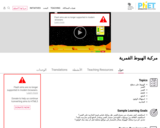
Can you avoid the boulder field and land safely, just before your fuel runs out, as Neil Armstrong did in 1969? Our version of this classic video game accurately simulates the real motion of the lunar lander with the correct mass, thrust, fuel consumption rate, and lunar gravity. The real lunar lander is very hard to control.
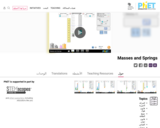
A realistic mass and spring laboratory. Hang masses from springs and adjust the spring stiffness and damping. You can even slow time. Transport the lab to different planets. A chart shows the kinetic, potential, and thermal energy for each spring.

Estimating, measuring, and making records of weight, using U.S. Customary and metric units Mathematics Instructional Plans (MIPs) help teachers align instruction with the Mathematics Standards of Learning (SOL) by providing examples of how the knowledge, skills and processes found in the SOL and curriculum framework can be presented to students in the classroom.

Video Description: Engineering design and technology development support scientific discovery. Learn about the roles engineers and scientists play when working together on NASA missions like the James Webb Space Telescope and how science and engineering take turns pushing each other to move exploration forward. Video Length: 4:16.NASA eClipsTM is a suite of online student-centered, standards-based resources that support instruction by increasing STEM literacy in formal and nonformal settings. These free digital and downloadable resources inform and engage students through NASA-inspired, real-world connections.NASA eClips Launchpad videos focus on NASA innovations and the technology that take us into the future. These segments support project-based and problem-based learning experiences in science, mathematics, and career and technical education classrooms.

Video Description: Each of us is made from star stuff. But how are stars formed? Take a closer look at the life cycles of stars and learn where stars come from, how they change, and what happens to stars when their lives come to an end. Find out about your connection to the cosmos. Video Length: 6:00.NASA eClipsTM is a suite of online student-centered, standards-based resources that support instruction by increasing STEM literacy in formal and nonformal settings. These free digital and downloadable resources inform and engage students through NASA-inspired, real-world connections.NASA eClips Launchpad videos focus on NASA innovations and the technology that take us into the future. These segments support project-based and problem-based learning experiences in science, mathematics, and career and technical education classrooms.

Video Description: How does NASA test ideas, like the Mars Helicopter, before they are even built? Find out more about this revolutionary helicopter and how NASA uses mathematical modeling to turn complex ideas into solvable equations that help shape future missions. Video Length: 3:20.NASA eClipsTM is a suite of online student-centered, standards-based resources that support instruction by increasing STEM literacy in formal and nonformal settings. These free digital and downloadable resources inform and engage students through NASA-inspired, real-world connections.NASA eClips Real World segments (grades 6-8) connect classroom mathematics to 21st Century careers and innovations. They are designed for students to develop an appreciation for mathematics through real-world problem solving.
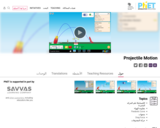
Blast a Buick out of a cannon! Learn about projectile motion by firing various objects. Set the angle, initial speed, and mass. Add air resistance. Make a game out of this simulation by trying to hit a target.